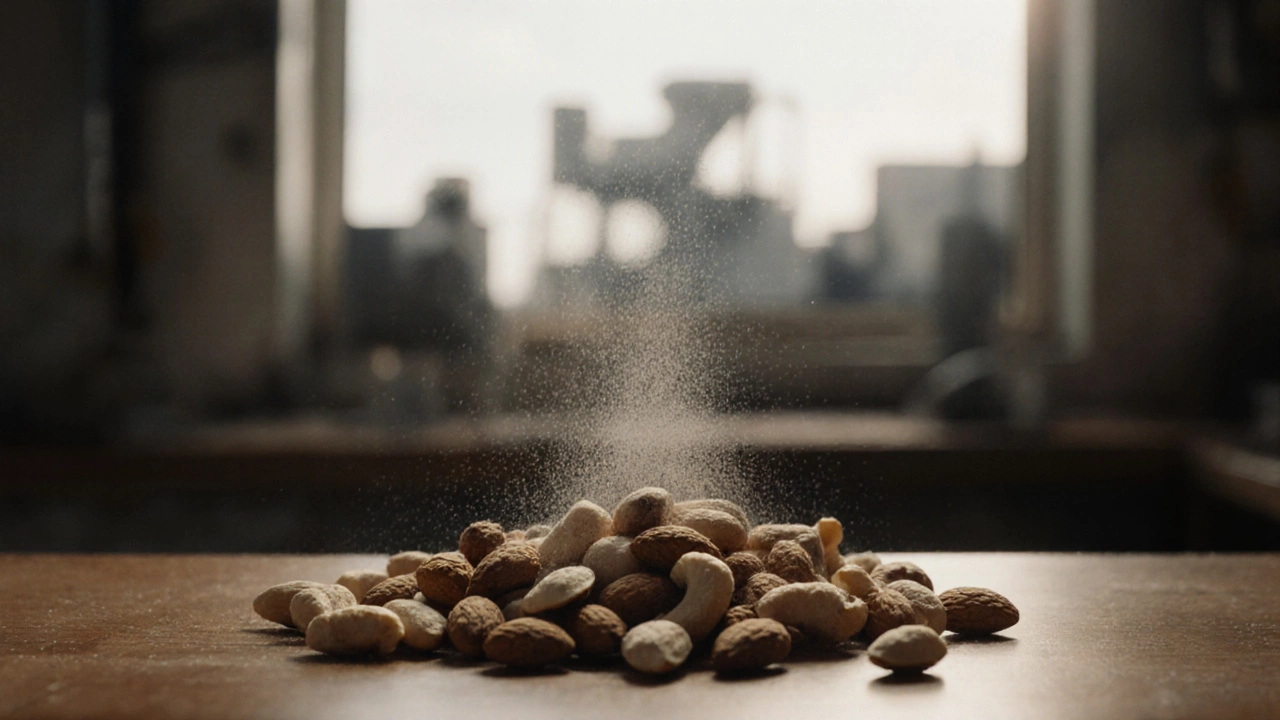Nut Processing: How Raw Nuts Become Chocolate-Ready Ingredients
When you bite into a rich chocolate bar with almonds, hazelnuts, or pecans, you’re tasting the result of nut processing, the series of steps that transform raw, inedible nuts into smooth, flavorful ingredients perfect for chocolate. Also known as nut preparation, it’s not just cleaning and roasting—it’s science that affects texture, flavor, and how well the nuts blend into chocolate. Without proper nut processing, even the best chocolate can taste bitter, gritty, or uneven.
Raw nuts come with shells, skins, moisture, and natural oils that don’t mix well with chocolate. nut roasting, the controlled heating of nuts to bring out flavor and reduce moisture is the first real step. Roasting isn’t just about taste—it kills bacteria, makes skins easier to remove, and changes the nut’s internal structure so it grinds smoother. Skip this, and your chocolate might have a raw, grassy edge. Then comes nut grinding, the process of turning roasted nuts into a fine paste called nut butter. This paste is what lets nuts melt into chocolate instead of sitting as hard chunks. If the grind is too coarse, you get crunch. Too fine, and the oil separates. It’s a balance only experienced makers nail.
There’s also skin removal—called blanching—where hot water or steam loosens the thin brown layer on almonds or hazelnuts. That skin? It’s bitter. Leave it on, and it ruins the smoothness of your chocolate. And don’t forget oil content. Walnuts have more oil than peanuts. That changes how they behave when mixed into chocolate. Some makers add a little cocoa butter to stabilize the mix. Others dry the nuts longer. Every choice matters.
You won’t find this in most home baking guides, but if you’ve ever made chocolate truffles with chopped nuts and ended up with oily blobs or grainy bits, you’ve felt the consequences of bad nut processing. The posts below show you exactly how to handle nuts at home—whether you’re fixing failed fudge with roasted pecans, making vegan chocolate bars with cashew paste, or trying to get that perfect crunch in a British-style chocolate bar. These aren’t theory lessons. They’re real fixes from people who’ve been there.

